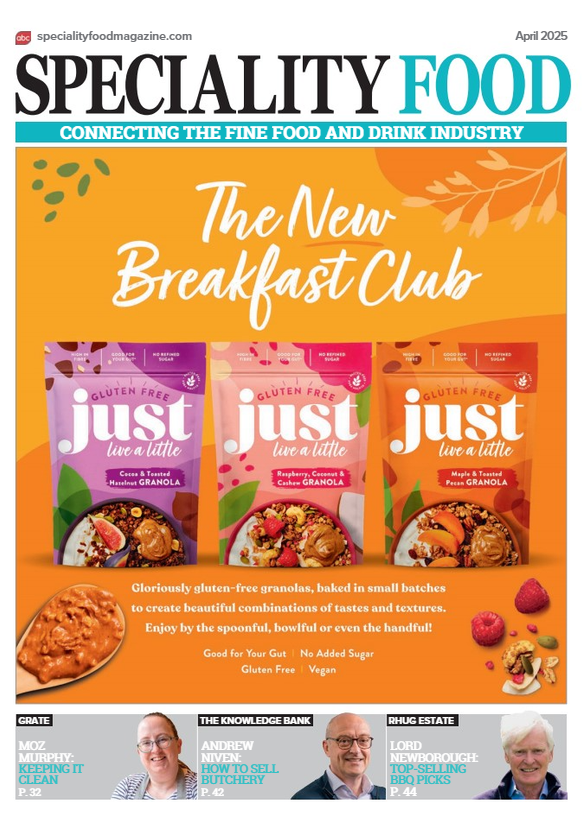“A cut above?”

- “Sticky fingers”
- “Everyone’s a winner”
- “Myths and legends of Turophilia”
- “When ‘cheese’ is not cheese”
- “Don’t disrespect the Cheddar”
Although I recognise that it enables advances in productivity, I loathe the thought of time and motion inspectors using a stopwatch for each and every process in the workplace
Nevertheless, a few weeks ago I found myself timing young cheesemongers as they went through a ‘cut and wrap’ exercise. In the Young Cheesemonger competition, part of the British Cheese Awards, we awarded a time bonus if contestants managed to complete the task, and deal with four pieces of cheese in under five minutes. Of the eight finalists, just two gained the extra points for a swift finish to the task. The average time was about six minutes and 30 seconds to prepare the two cuts of 100 and 250g from each of two cheeses, without scales: 700g of cheese ready for the customer to take home.
Cutting and wrapping cheese for each customer in turn can prove a time-consuming, and thus costly, process. But I love it. It forges a special relationship with customers and gives an ongoing opportunity to demonstrate one’s care and reverence for the cheeses, as well as dexterity and spatial awareness. I enjoy doing things thoroughly - having two cutting areas, one for regular cheeses and one for the blues, cleaning up as I go along, readying for the next cut. I found that cutting cheese efficiently was a key factor in building the premium element of the shop’s brand.
I recently met up with a deli owner who is more of a generalist and deals only in packaged goods. Her cheese range is limited, but includes some nice mini cheeses of up to 500g and some pre-packaged blues, Cheddars and soft cheeses from her wholesaler. She doesn’t want to be particularly renowned for her cheese counter, but has created a great destination for foodie gifts and a dazzling array of gins and other drinks. As a result, apart from demonstrating diligent stock control, she has very little to worry about from an EHO visit. Her staff need neither training in handling cheese, nor the time spent to cut and wrap. It’s a lean and efficient operation and the business thrives.
Abandoning cutting boards is not really an option for many of us who truly love our cheese - and selling lots of it. But we can take a few pointers from the packaged route. Speeding up transactions and doing a little less cutting and wrapping can be a good thing. Having a few mini cheeses on offer is useful; precutting some cheese is another handy habit. I don’t favour doing a full cut, wrap and price on pieces of cheese ahead of purchase: I have a look at each piece at point of sale to assess that it’s in great condition, as I wrap it for the customer to take home. But I do like to have few pieces of attractive looking cheese that might tempt more effectively than a large block or truckle. I ask staff to cut these to reasonable sizes - not 100gm pieces for atom-splitters, but good generous pieces of a minimum of 170gm or so. More often than not, a customer will opt for ‘that piece’, rather than wait for a specific cut to order. Then it’s onto the till area for the matching and pairing cross-sell!
more from Town Crier
-
“Black and White thinking”
08 August 2019 Town CrierLast time around I suggested trumpeting the benefits of the produce we offer, and the importance of conveying its taste and of making each purchase viscerally appealing. -
“We’re a resourceful bunch”
17 May 2019 Town CrierIt’s almost exactly 10 years ago that I sat down to create the first business plan for my cheesemonger. -
“Waxing lyrical”
12 February 2019 Town CrierOn a family holiday to Normandy in 1965, my parents and their adult friends were hugely excited by Livarot and Camembert – seldom seen back home in Hampshire.

